Improving efficiency of loan use associated with debt repayment liability
 |
| Mr. Vo Huu Hien |
The Customs newspaper spoke with Mr. Vo Huu Hien, Deputy Director of the Department of Debt Management and External Finance, Ministry of Finance, about this issue.
Despite positive results in the management, borrowing and repayment of public and government debts in recent years, it cannot be denied that there have been many problems in disbursement and capital mobilization as well as management. What do you think about these issues?
- In the 2016-2020 period, public debt management has been a priority and met the set objectives, capital mobilization has been done effectively with low costs and reasonable risks for investment in socio-economic development.
Public debt safety indicators have been strictly controlled under the debt ceiling approved by the National Assembly and gradually decreased from 2016 to 2019, contributing to increasing the fiscal space, ensuring public debt safety and national financial security.
However, public debt management still has some problems to be addressed to improve efficiency as follows:
Firstly, the disbursement of public investment capital, including the Government's ODA loans and foreign concessional loans, is slow and limited.
In 2020, the economy was seriously affected by the Covid-19 pandemic, so projects funded by ODA loans and foreign concessional loans also faced many difficulties. However, under the drastic direction of the Government and the Prime Minister and the efforts of ministries, agencies and localities, the disbursement rate of public investment capital from foreign loans under the 2020 capital plan is relatively high compared to the same period in 2019.
However, if compared with the disbursement rate of domestic public investment, the disbursement rate of foreign capital is still low. With the current disbursement rate, if the ministries, agencies and localities do not have drastic solutions to overcome the problems, it will be difficult to complete the tasks assigned by the National Assembly for ODA loans and concessional loans in 2020 and for the 2016-2020 period.
Secondly, Government capital mobilization is under certain pressure with the failure to issue Government bonds of less than five-year term.
The restructuring of the public debt portfolio in a sustainable way, based on Resolutions of the Politburo and the National Assembly, has been efficient but had shortcomings.
For example, the focus on raising government bonds of more than five-year term defeated the reference of the bond market to other capital markets and negatively affected the state budget's ability in issuing government bonds.
When the market fluctuates strongly, it will be difficult to issue short-term government bonds to stabilize the market and cannot meet the needs of some investors, especially for some commercial banks that only need to invest in short-term bonds of less than five years.
Third, the size of debt has seen a positive change. By the end of 2020, under the impact of the Covid-19 pandemic, the Government debt to GDP ratio is expected to increase compared to 2019, but still well controlled at 50.8% (compared to the ratio of 52.7% in 2016). However, costs and risks of the Government debt portfolio tends to be less favorable than before, and Vietnam graduated IDA or in other words, the Vietnam have stopped receiving ODA loans from the International Development Association (IDA) of the World Bank (WB) since 2017.
Fourthly, the debt repayment liability of the Government over total State budget revenue tends to increase and is in danger of exceeding the 25% threshold.
The main reason is that the principal repayment schedule is not equal, with high concentration in some years; Government bonds issued to cover the previous overspending reach the due date.
Meanwhile, economic growth slows down and state budget revenue in 2020 sees a deep fall compared to the estimate; it is forecast that the space to increase budget revenue in coming years to support the economy to recover from the pandemic will be restricted. This problem can increase the liquidity risk for the Government when it has to mobilize capital at higher costs to repay debts in years of high principal repayment. On the other hand, potential risks to national financial security may negatively affect the national credit rating if resources are not sufficient to repay the Government’s debts fully and on time.
Fifthly, the management and supervision of the country's external debt indicators have shortcomings in both management tools and methods. Vietnam has been classified in the group of countries capable to access to capital markets instead of relying heavily on ODA loans as previously.
With the fundamental changes in the foreign borrowing capacity of both the Government and the private sector, the national external debt ceiling and limits applied in the previous period are losing their meaning.
The Government has actively researched and consulted with a number of international organizations such as the IMF and the World Bank as well as domestic agencies on the country’s external debt management framework. These organizations and agencies have all recommended Vietnam to consider and adjust the country's external debt management policy and tools.
According to international experience, neither emerging markets apply a general ceiling to the country’s external debt ratio (including the public and private sectors), nor countries set a general ceiling for foreign loans of the private sector. Instead, they often apply management tools for each specific type of enterprise or organization.
What will basic public debt indicators be in 2021, sir?
- Under the State budget estimate in 2021 that the Government is submitting to the National Assembly for approval, if there are no major changes in capital market as well as exchange rate, it is forecast that the public debt would be about 46.1% of re-valued GDP by the end of 2021 (58.6% of GDP which has not been revalued), the government debt would be about 41.9% of re-valued GDP (53.2% of GDP which has not been re-valued) and the government’s direct debt payment obligation to budget revenue ratio could be more than 25% and it is necessary to apply measures to control the indicator.
In order to continue strengthening public debt management, what solutions will be focused on, sir?
- Firstly, to continue to improve institutions and policies on public debt management and implement proactive and consistent debt management tools in accordance with the goals of restructuring the state budget, public debt, and improving the fiscal space according to the orientation of the Politburo's Resolution No. 07-NQ / TW dated November 18, 2016, ensuring public debt safety and national financial security.
To raise capital to meet the need of balancing the budget for development investment with reasonable costs and risks; for domestic loans, to continue to diversify forms and terms of the Government’s loans to meet the need of investors.
To further promote the development of the domestic capital market and the government bond market in terms of width and to give priority to developing long-term investors and attracting foreign investors in the capital and bond markets.
For foreign loans, to make the most of remaining ODA loans and concessional loans; to focus on disbursing ODA loans and foreign concessional loans for signed agreements until the end of 2020, transferred to the 2021-2025 period.
Ministries, agencies and localities regularly urge the completion of domestic investment procedures to promote the negotiation and signing of new foreign loan agreements of the Government, ensuring timely capital mobilization for investment projects.
To improve efficiency of loan use associated with debt repayment liability. It is especially important to ensure the source to ensure timely repayment, to avoid overdue debts affecting the Government's commitments and the national credit rating. To carry out proactive debt management measures, repurchase and swap to expand the peak of high debt repayment liability in a number of years in order to extend the Government debt term.
In addition, to strengthen public debt management, control the state budget's debt obligations, foreign debts of enterprises and credit institutions with tools and policies in compliance with international practices and Vietnam’s current development conditions.
Thank you,
Related News
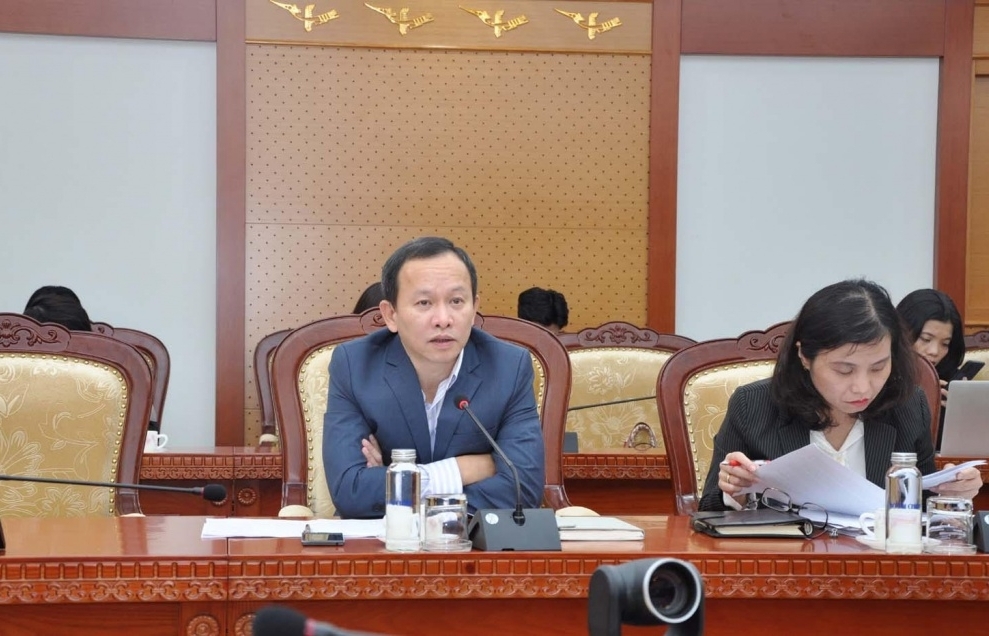
Disbursement of public investment from foreign loans reaches 39.06% of the plan
18:26 | 08/12/2024 Finance
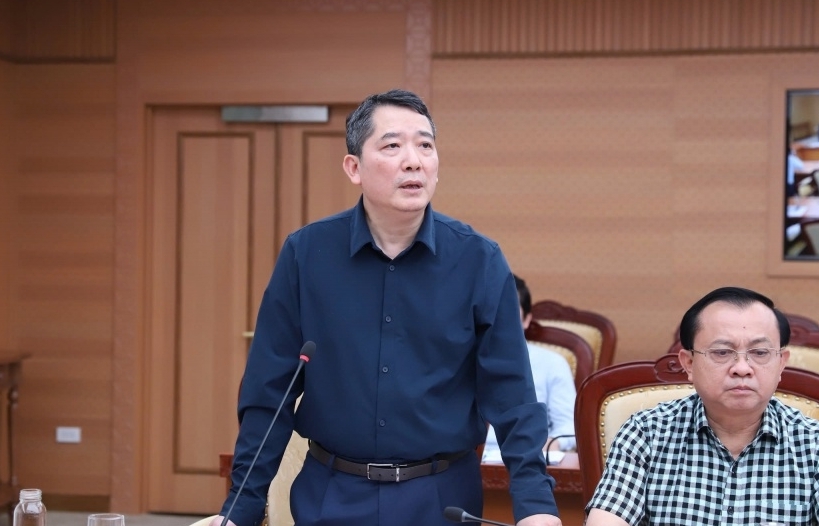
Striving for revenue to rise by over 15% compared to assigned estimate
10:01 | 14/11/2024 Finance
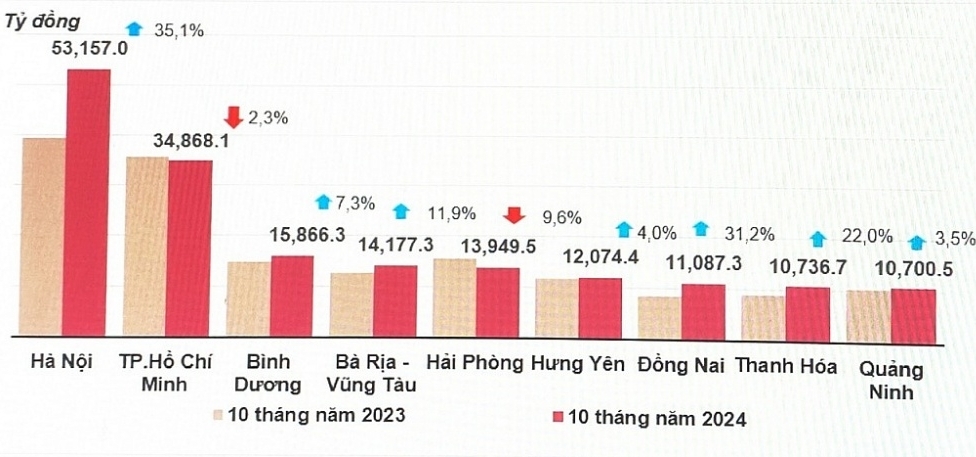
Public investment spending up 1.8% in first 10 months of 2024
10:03 | 08/11/2024 Finance

Removing difficulties in public investment disbursement
09:30 | 31/10/2024 Finance
Latest News

Embracing green exports: a pathway to enter global supply chains
10:33 | 20/02/2025 Import-Export

New policy proposed to prevent transfer pricing, tax evasion of FDI enterprises
10:32 | 20/02/2025 Import-Export

Việt Nam’s durian exports to China plummet by 80%
16:18 | 19/02/2025 Import-Export
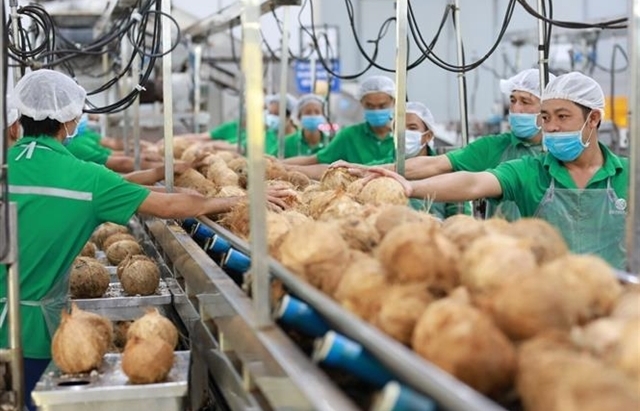
Coconut exports reach 14-year high
15:29 | 18/02/2025 Import-Export
More News

Shrimp exports grow in the first month of 2025
15:28 | 18/02/2025 Import-Export
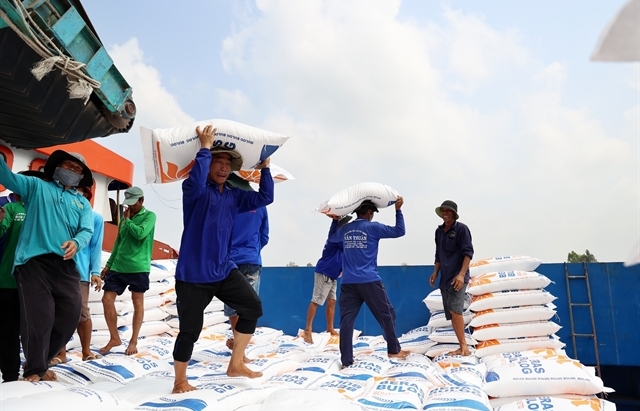
Rice export prices drop, but decline expected to be short-term
08:10 | 17/02/2025 Import-Export
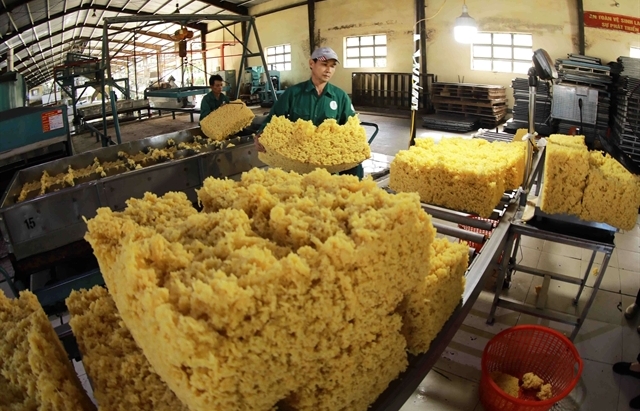
Key agro products expected to maintain export growth this year
08:08 | 17/02/2025 Import-Export

EU issues 12 warnings against Việt Nam’s food and agricultural exports
08:07 | 17/02/2025 Import-Export
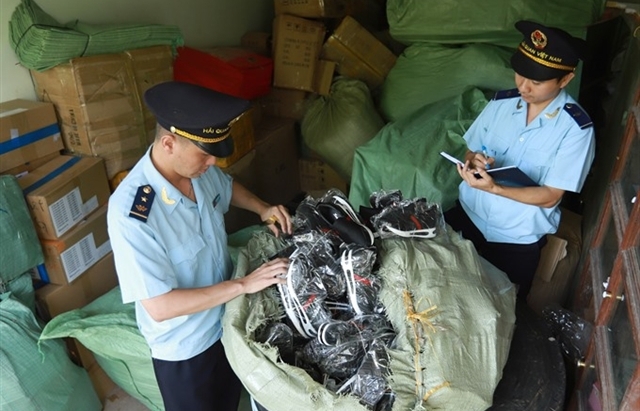
Việt Nam to impose VAT on low-value express-imported goods
08:06 | 17/02/2025 Import-Export

Exchange rate risks need attention in near future
16:31 | 15/02/2025 Import-Export
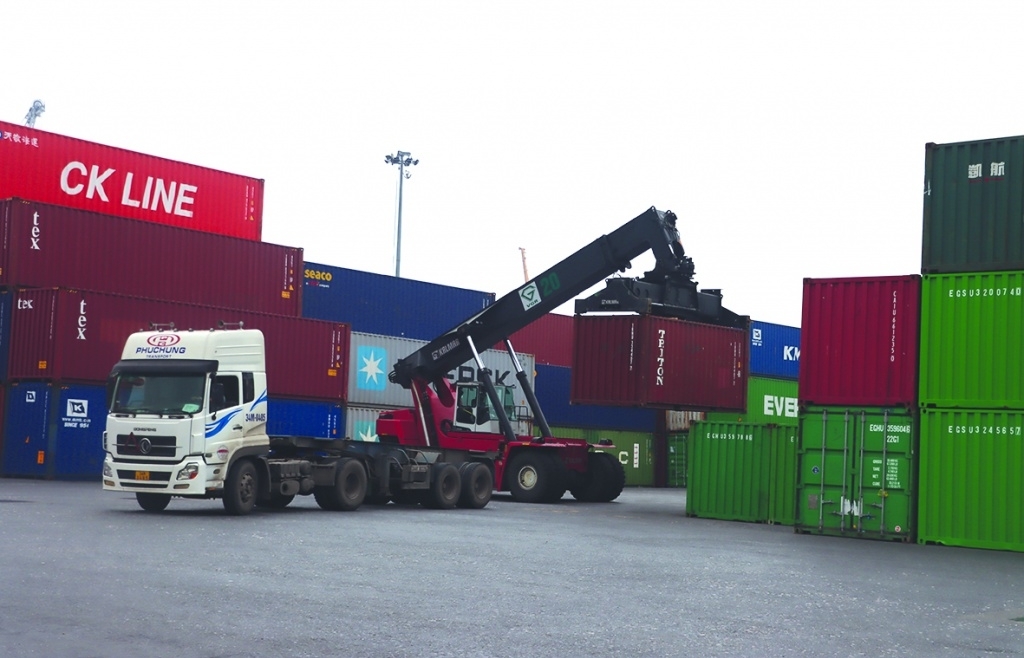
Vietnam kicked off the year with a strong start in trade, exceeding US$63 billion in the first month
16:30 | 15/02/2025 Import-Export

Import and export turnover reaches about US$29 billion in the second half of January 2025
14:52 | 14/02/2025 Import-Export

Market edges up slightly as liquidity remains low
14:48 | 14/02/2025 Import-Export
Your care
The system has not recorded your reading habits.
Please Login/Register so that the system can provide articles according to your reading needs.

Embracing green exports: a pathway to enter global supply chains
10:33 | 20/02/2025 Import-Export

New policy proposed to prevent transfer pricing, tax evasion of FDI enterprises
10:32 | 20/02/2025 Import-Export

Việt Nam’s durian exports to China plummet by 80%
16:18 | 19/02/2025 Import-Export

Coconut exports reach 14-year high
15:29 | 18/02/2025 Import-Export

Shrimp exports grow in the first month of 2025
15:28 | 18/02/2025 Import-Export
